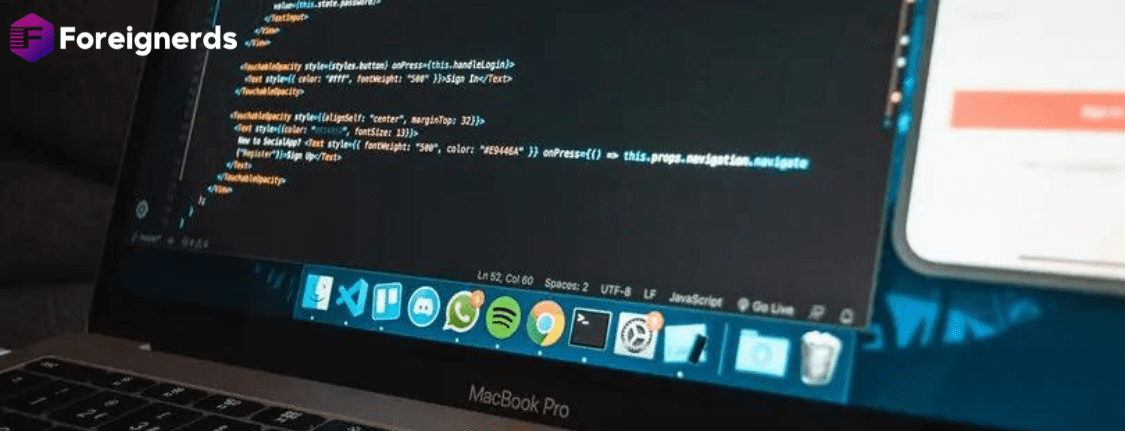- Home
- software development
- SaaS: A Deep Dive Into Accounting...

The development of software for customers can be a difficult undertaking for any business. The complexity of accounting requirements under Generally Accepted Accounting Principles (GAAP) can further complicate this process.
In this article, we’ll explore the accounting aspects of Software as a Service (SaaS) product development, focusing on the application of Accounting Standards Codification (ASC) 350-40. We will delve into the criteria for capitalizing software development costs and provide a comprehensive understanding of when and how this should occur.
The software development process is divided into three consecutive phases:
This marks the initial step in software development. During this stage, companies must make crucial decisions such as resource allocation, performance requirements, vendor selection, and technology feasibility. However, costs associated with these decisions should be expensed in accordance with GAAP.
This is where the actual development takes place. To move into this stage, two key criteria must be met:
During the application development stage, both internal and external software development costs are eligible for capitalization. These costs include coding, installation, and testing.
Not all costs are eligible for capitalization. Costs that can be capitalized include:
Conversely, costs associated with employee training, indirect costs (e.g., general and administrative overhead), and data migration from existing systems are not eligible for capitalization.
The only exception is when new software is developed or purchased to facilitate data conversion, which can be capitalized in accordance with ASC 350-40.
Capitalization should conclude when the software project is substantially finished for its planned purpose, and all testing is complete. This marks the transition into the post-implementation stage, where activities like maintenance and training take place. Post-implementation stage costs should be expensed as they are incurred.
However, subsequent upgrades and enhancements that provide additional functionality to the software may be capitalized, provided they meet the capitalization criteria established during the application development stage. These upgrades or enhancements must enable the software to perform functions it couldn’t previously.
In summary, understanding the accounting requirements for capitalizing software development costs is essential for businesses, especially those operating in the SaaS industry. By carefully following GAAP guidelines and the specific criteria outlined in ASC 350-40, companies can ensure accurate financial reporting while efficiently managing software development projects.
© 2013 - 2025 Foreignerds. All Rights Reserved